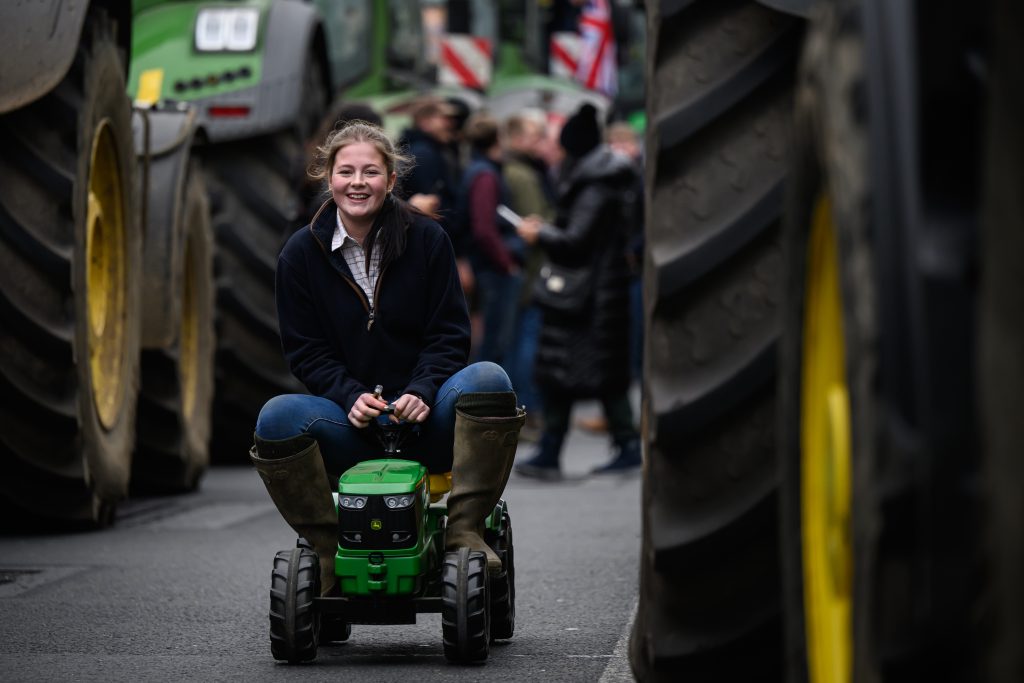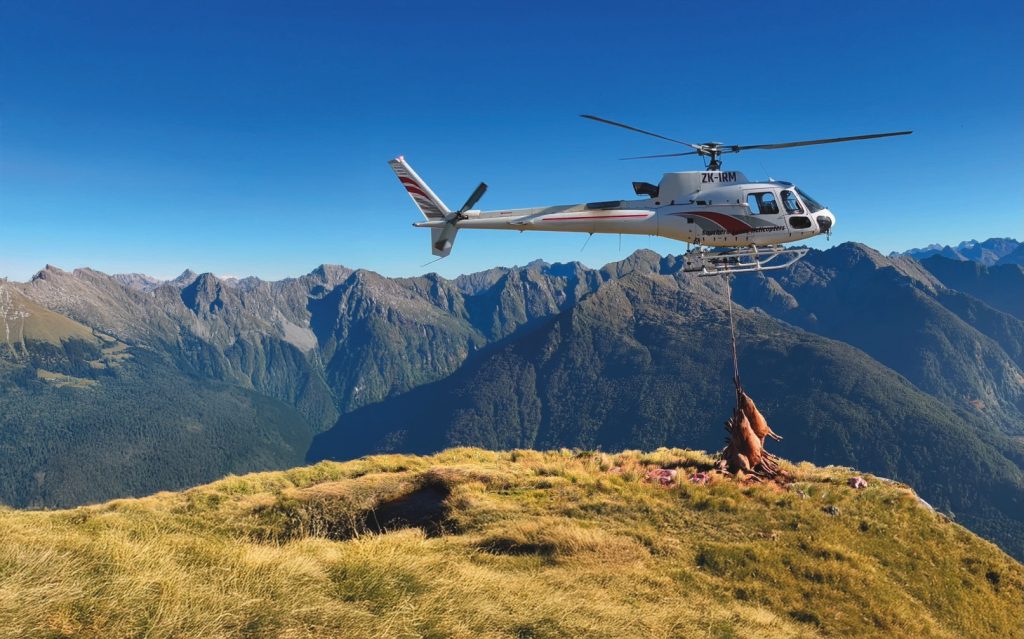Win CENS ProFlex DX5 earplugs worth £1,149 – enter here
Using livestock for conservation
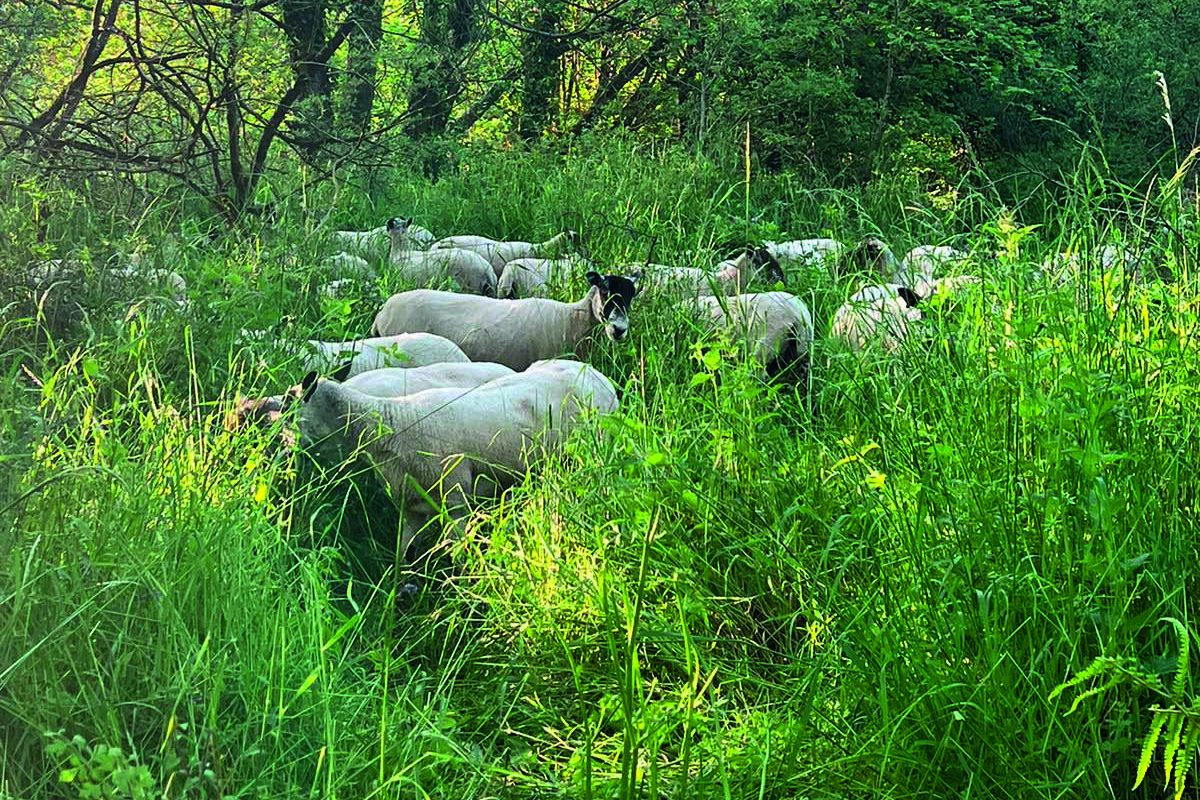
If you go down to the woods today, you’re in for a big surprise. Well, you are if the woods belong to Matt Chatfield, because his are full of sheep. Matt is a silvipasturist, using the woodlands on his farm at Halwill in Devon to graze livestock. Not only does this method of farming benefit the sheep, Matt also believes it has improved the quality of his woods too. The understorey, he says, has become thicker and more diverse, and wildlife has increased.
This form of silvipasture woodland management is a technique that could be of great interest to keepers and shoot managers, particularly on farms and estates where regenerative farming practices are being embraced. The pheasant is, after all, a bird of the jungle; it loves the thick protection that scrubby subspecies in woods bring.
But I was intrigued to learn why sheep improve a wood for game and wildlife, yet as we know too well, deer browsing is invariably detrimental?
Regenerative approach
The Chatfields have been farming at Halwill on the edge of Dartmoor and Bodmin for some 400 years, initially as tenants, until Matt’s grandfather bought the holding some 40 years ago. Like many farmers of his generation, Grandfather Chatfield embraced the principle of ‘feeding the nation’. Fields were drained, ryegrass was sown, livestock densities rose and production became king. When Matt took over the farm three years ago, he employed a more regenerative approach to agriculture, trying to farm with nature.
Unsurprisingly, the ancient farm woodland caught his eye. This was for the large part wet, as farm drainage had channelled water off the fields and into the woods. Standing water in this moorland-edge, iron-rich soil had led to a souring of the understorey. When combined with an absence of light due to overstanding trees, it made the woods “sterile and devoid of life”, says Matt.
His first task was to ‘skylight’ the canopy, thinning trees to allow sunlight to reach the woodland floor once more. Grass erupted in these new clearings, and scrub species that had lain dormant reappeared. The thinning and resulting inclusion of sunlight helped to dry up standing foul water and sweeten the flora. He then erected an electric fence, bisecting the wood. The final job was to introduce his sheep.
Pheasants, along with many other species, have benefited from the sheep grazing in Matt Chatfield’s ancient woodland
He found to his delight that his flock not only survived in their new sylvan home, but they thrived. The variety of plant species they browsed on increased their health as the sheep self-medicated — ‘Doctor Green’, as some call it. Not only did they browse the grass and coppice the woody species, they also awoke the dormant seedbed of the understorey. As Matt notes, “The woodland floor has the most ancient soil on the farm, untouched by modern pesticides or fertilisers.”
Now three years into his silvipasture trials, Matt has seen remarkable increases in birds, invertebrates and floral species. The woods, he says, are “the most productive and biodiverse areas on the whole farm”. The difference between the randomness and intensity of year-round browsing by deer compared with managed grazing by sheep is that Matt chooses when to move his livestock in and out of woods. When he does this is based upon the regrowth of the scrub, grasses and sedges, little different to the way you rotate grass fields when grazing. I ask Matt if he had seen an increase in pheasants thanks to his ovine silvipasture. “Oh yes, everything thrives in the woods now,” he replies.
Silvipasture woodland management could be of great interest to keepers, especially on estates embracing regenerative farming
More like a JCB
Of course, sheep are not the only livestock species that has and continues to have a role in game and wildlife management. Cattle can also be used as browsers in woodland. More like a JCB in their ways than sheep, they clear out dead wood, reinvigorate the understorey and create rides with aplomb. However, stocking densities must be strictly controlled lest their activities begin to have negative impacts.
But cattle can be pivotal when it comes to improving habitats outside of woodland. Agricology is a group of farmers that are implementing and passing on their knowledge of regenerative agricultural practices. Soil health and halting biodiversity loss are their main drivers. For many members, the reintroduction or change in management of cattle in their farm rotations is key.
Agricology farmers repeatedly cite a rise in wader numbers resulting from cattle being grazed on wetland areas. From Cornwall to Cumbria, farmers are returning to mixed farming practices and the benefits to wildlife are being seen in short order.
Defra offers two specific grants to encourage landowners to graze cattle as part of wetland conservation: the GS9 grant (annually paying £353/ha) is designed to encourage breeding waders, while the GS10 grant (annually paying £217/ha) encourages the creation of naturalised wet areas for overwintering wildfowl and waders These grants have been used by a number of farmers along the Acle Straight that leads to Breydon Water near Great Yarmouth. Some fields that had been drained for arable have been returned to grassland. Cattle once more graze these lands, poaching wet areas, creating pools of water and grazing the coarse grasses.
Members of the Great Yarmouth Wildfowlers will testify that sport has increased here thanks to this cattle reintroduction. Food sources have improved due to cow dung boosting invertebrates, while poached patches provide feeding areas for snipe, lapwing and curlew. With regular livestock rotation, the splashes provide a source of clean, shallow standing water, and the shorter, sweeter grasses created by grazing are favoured by many species of dabbling duck. The bag returns on these marshes reflect the efficacy of the agricultural practices as a conservation tool, and who doesn’t love the flavour of grass-fed beef?
Pannage was the practice, under medieval law, of peasants bringing pigs into woods belonging to their local lord, so that they could forage for acorns, nuts and masts. Pannage was strictly regulated, usually for one or two autumn months, because the pig has a notably vigorous way of treating the woodland floor. If stocking rates are too high or the animals stay too long in the woods, the acorns and masts are speedily eaten up. The hungry pigs then seek sustenance underground.
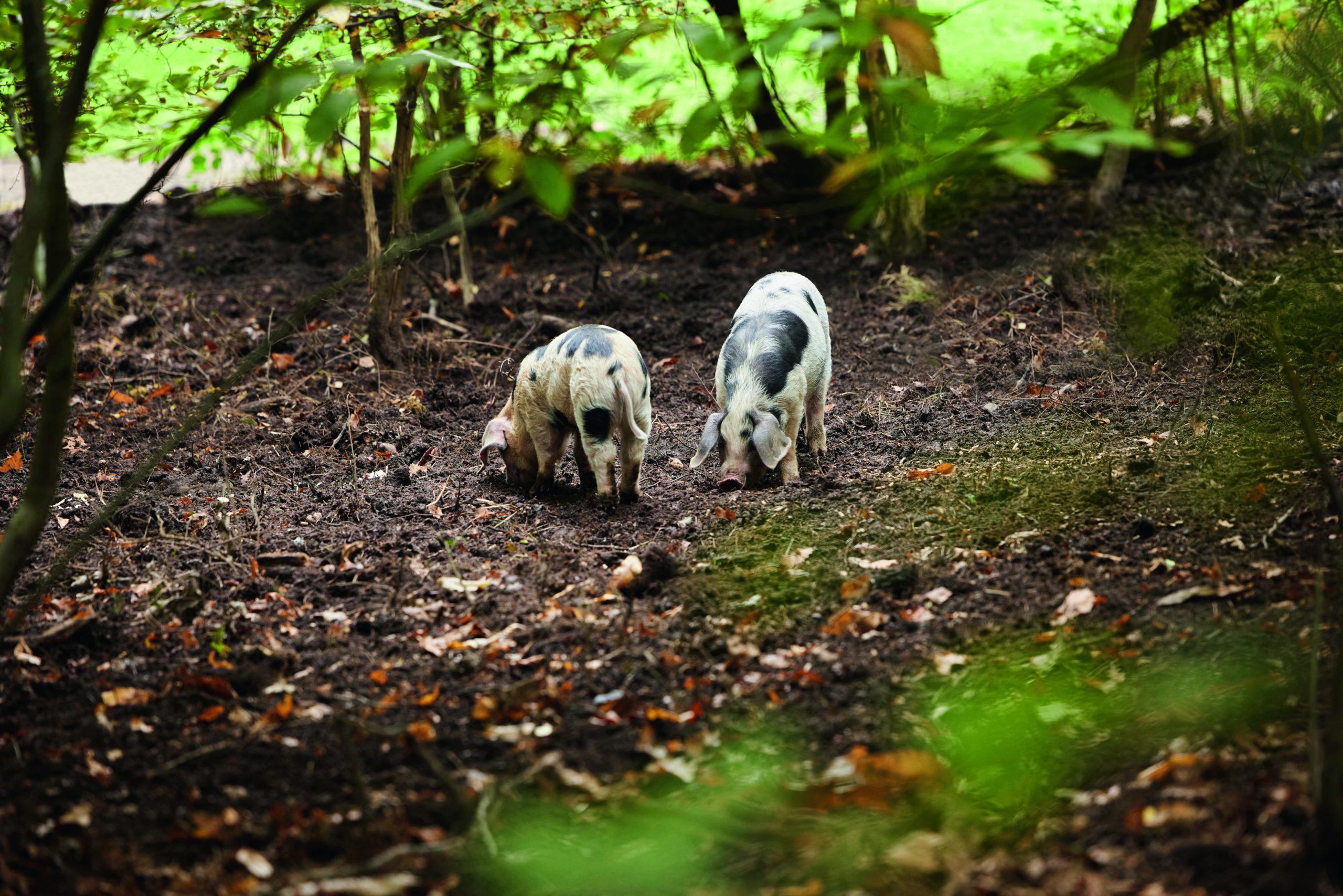
While pigs can rejuvenate an understorey, strict control is needed to avoid destruction
Their rooting snouts speedily lead to a disruption and loss of the soil humus. Soil structure is damaged either through compaction or erosion. Allied to this many bulbs, seeds and immature saplings are uprooted and lost. While it is true that pigs can enliven a stale understorey, there is, as the medieval lords well understood, a very fine line between improvement and destruction.
A neighbour of mine has decided to retire from pig farming. While his herd is no more, he couldn’t quite bring himself to go completely ‘swine free’. He asked me to advise him on how best to fence in and then release a small party of his remaining pigs into one of his pheasant coverts — “just for old times’ sake”. He believed that this would both allow him to still have a few pigs on the farm and improve his woods for very little effort.
The idea of pheasant-friendly woodland management being undertaken for free was attractive. However, my advice was to keep his pigs in a sty and not in his woods. Unless you are prepared to follow the old practices of pannage, neither woods nor pheasants will benefit from any long-term pig presence.
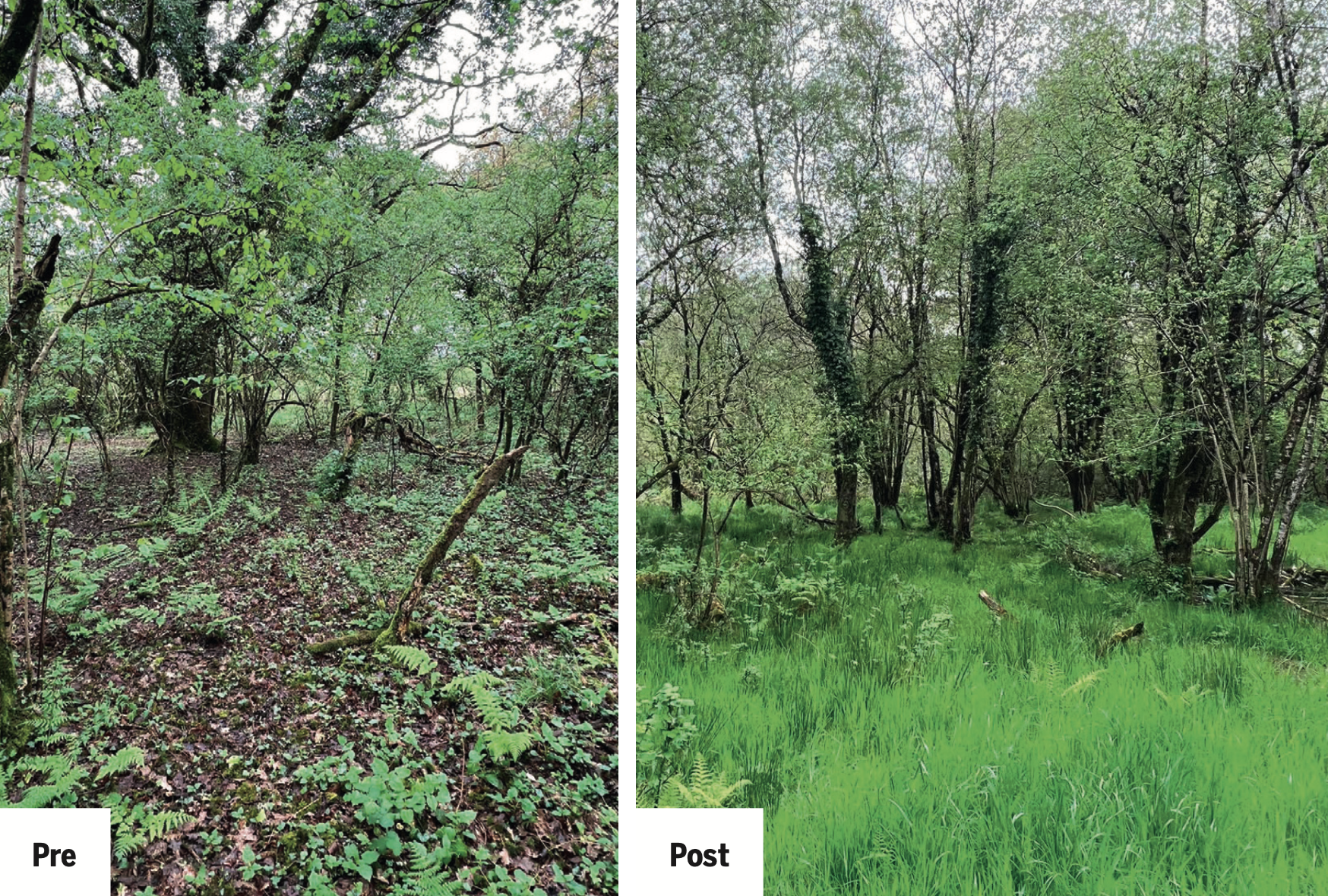
The 10-acre wood is split into 10 ancient sections; Matt isn’t the first of his family to graze the woods
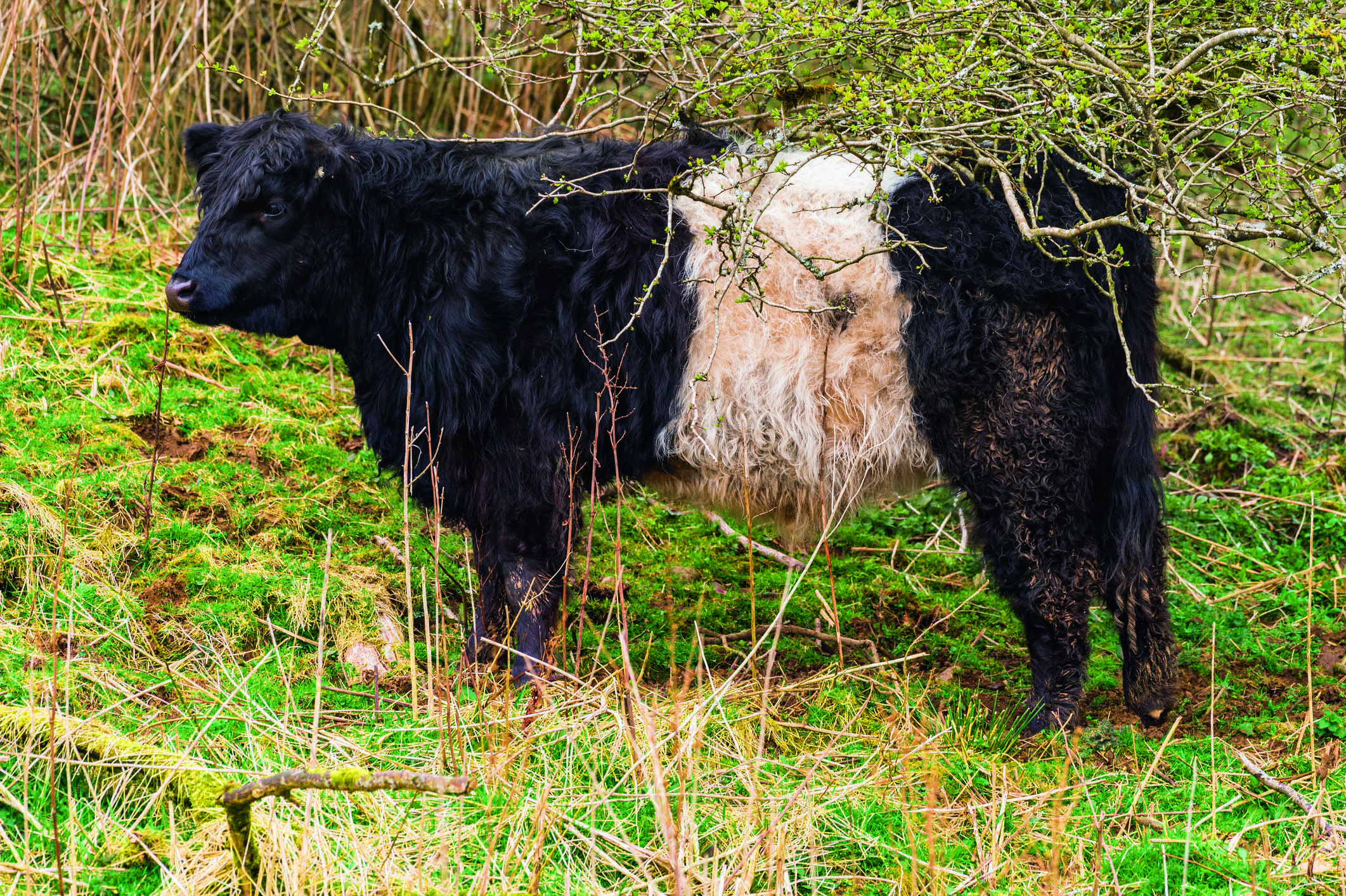
Native cattle on wetland areas can result in wigeon and snipe showing in very good numbers
Ancient practices
The benefits to wildlife of mixed, regenerative farming are becoming increasingly clear. Thankfully, farmers such as Matt, the members of Agricology and the Broadland graziers are ceasing to be a novelty. Game and wildlife conservation is ever evolving, and increasingly incorporates ancient farming practices such as woodland browsing, marshland grazing and pannage.
Using livestock as a conservation partner is not a quick fix, or even necessarily cheaper than the hands-on methods we have been used to. But who doesn’t like the idea of eating a coppicer with a dollop of mint sauce?
Related Articles
Get the latest news delivered direct to your door
Subscribe to Shooting Times & Country
Discover the ultimate companion for field sports enthusiasts with Shooting Times & Country Magazine, the UK’s leading weekly publication that has been at the forefront of shooting culture since 1882. Subscribers gain access to expert tips, comprehensive gear reviews, seasonal advice and a vibrant community of like-minded shooters.
Save on shop price when you subscribe with weekly issues featuring in-depth articles on gundog training, exclusive member offers and access to the digital back issue library. A Shooting Times & Country subscription is more than a magazine, don’t just read about the countryside; immerse yourself in its most authoritative and engaging publication.






